Inbound SMS
Estimated reading time: 8 minutes | Target users: Supervisors
In this tutorial, you will learn how to set up your project to make it capable of receiving inbound SMS (Text) messages. To learn more about handling SMS messages with VCC Live, please see our user guides related to Disposition-triggered SMS and Bulk Text Messages.
In this lesson, you will learn:
- How Inbound SMS works
- How to set up VCC Live to receive inbound SMS
- What kind of inbound SMS reporting is available
- How to create an automated workflow based on inbound SMS contents
- How to set a disposition if a customer sends confirmation in SMS
- Some example cases for inbound SMS handling
1. How Does Inbound SMS Work?
When most companies think of incorporating SMS messaging to their project or campaign, the first thing that normally comes to their minds is to set up outbound SMS campaigns, reaching out to customers with quick and effective messages. While this is a proven and efficient marketing strategy, SMS messaging can be also used as a means of acquiring feedback from your customers. Feedback could be a reply to a specific question, or a more general input regarding an aspect of your product. With the help of inbound SMS messages, you can process incoming feedback, or when receiving simple or predefined answers (eg. in a survey), it is possible to use an automated process.
When the Inbound SMS feature is activated for your account, you receive SMS messages and replies directly from your customers in VCC Live. If needed, you can set up further automatic processes related to these incoming messages that can trigger further events in VCC Live.
2. How to Set up VCC Live to Receive Inbound SMS
Below you can find a detailed step-by-step guide on how to set up VCC Live for receiving SMS messages.
- Apply for a phone number by sending an email to VCC Live’s Customer Care ([email protected]), or contact your Key Account Manager. Purchasing an inbound phone number capable of receiving SMS messages can be subject to relevant fees.
- Once you have applied for your phone number, the team at VCC Live set it up for you for the project you need it for. This setup process takes about 1 week to complete.
Note: Please keep in mind that each inbound SMS phone number can only be used for one project. For this reason, we suggest you plan ahead when considering the number of projects you want to use SMS messaging in.
Tip: If you are planning to implement inbound SMS, consider your outgoing SMS communication with clients. If you expect answers from your clients, suggest possible answer options in your outgoing message, to avoid freely-typed text that could be hard to process automatically and would need human assistance.
3. Inbound SMS Reporting
It is possible to filter your incoming SMS messages in the SMS log section in Logs and statistics. To do so, complete the following steps:
- Navigate to Project > Logs and statistics > SMS log.
- Narrow down your search results by setting up a time-range with the date picker tool. From the Direction dropdown list, choose Inbound. Press Search.
- If needed, you can export your results in TXT or CSV format by pressing the Export button.
Tip: Learn more about the SMS log from our related user guide.
4. Automated Workflow Based on Inbound SMS
SMS Webhook and Database API solutions can help you set up an automated workflow in VCC Live, so you can monitor and keep track of your incoming SMS messages:
- Webhook is an automated process that can be used for sending objects to your site, encoded in JSON when an SMS message is received. Among others, these objects can include the message body, the sender’s phone number and the timestamp of the message.
- Database API allows your system and the VCC Live server to exchange database information through HTTP GET, PUT, POST, and DELETE requests. In terms of Inbound SMS messages, a POST request can be used for adding a disposition, eg. setting a certain disposition to your records based on an incoming text message.
With the use of the above-mentioned automated solutions, it is possible to set up background processes that can handle and sort your inbound SMS messages. For example, you can set up VCC Live to recognize replies such as Yes/YES and No/NO, so your system closes records with a ‘No’ reply but schedules a callback for the records with a ‘Yes’ response. You can set up this automation with Database API.
Another smart use of this feature is to let the system set up the time and date for a callback. If calling your customers is not successful at first (eg. the customer was busy at the time the call was made), a disposition-triggered SMS message can be sent to them, asking about an appropriate time to call. In a reply message, when the customer texts back with their preferred date and time for a callback, API can detect these details and set up the callback accordingly.
5. Automated Disposition Based on Inbound SMS confirmation
In certain markets, successful sales are only confirmed when the client sends an SMS to a given number with a predefined text in it (e.g. ‘YES’). When the client sends such an SMS, VCC Live is capable of setting a ‘Successful sale’ disposition to the given client and marking it as successful. It is also possible to set a different disposition, if you would like your users to review the Customer first and let the supervisors mark the sale manually as successful.
When the feature is turned on, the users are able to add text messages (and consider regex) and also select a disposition (e.g. ‘Successful sale’) that will be selected once an SMS is incoming with the provided text messages (e.g. ‘Yes’). The solution is case-insensitive, which means that you don’t need to worry about how the Customer types the response, e.g. ‘YES’, ‘Yes’ or ‘yes’. The disposition will be set to the record where there is a phone number matching (in case there are multiple matching records, then the record with the latest event will be selected). Multiple parameters can be added (they will be evaluated in order as on the interface). You can learn more about this feature here.
6. Inbound SMS Use Cases
As you can see, incorporating inbound SMS messages into your company’s workflow can be effective in a number of ways. Listed below are a few more examples and areas where inbound SMS messages could enhance the productivity and overall workflow of your agents.
- Debt collection: After sending a mass SMS message concerning overdue payments, you can receive a text message confirmation from clients who complete their payment, so you can avoid calling them in the future. The next call attempt can also be scheduled to a later date (let’s say 3 days later). Another solution can be to let your clients request a call from your agent to find a solution for their overdue payment issue or arrange the payment via VCC Live Pay, during a conversation with an agent.
- Sales/Marketing: After sending out a mass SMS message with a new product offer to your potential client base, you can let them reply if they are interested in your product and want to know more. Automatic calls can be scheduled based on the response. You can also use Inbound SMS to confirm successful sales or interest when the Customers reply with a given text message.
Related articles
There's always more to learn. Discover similar features by visiting related articles:
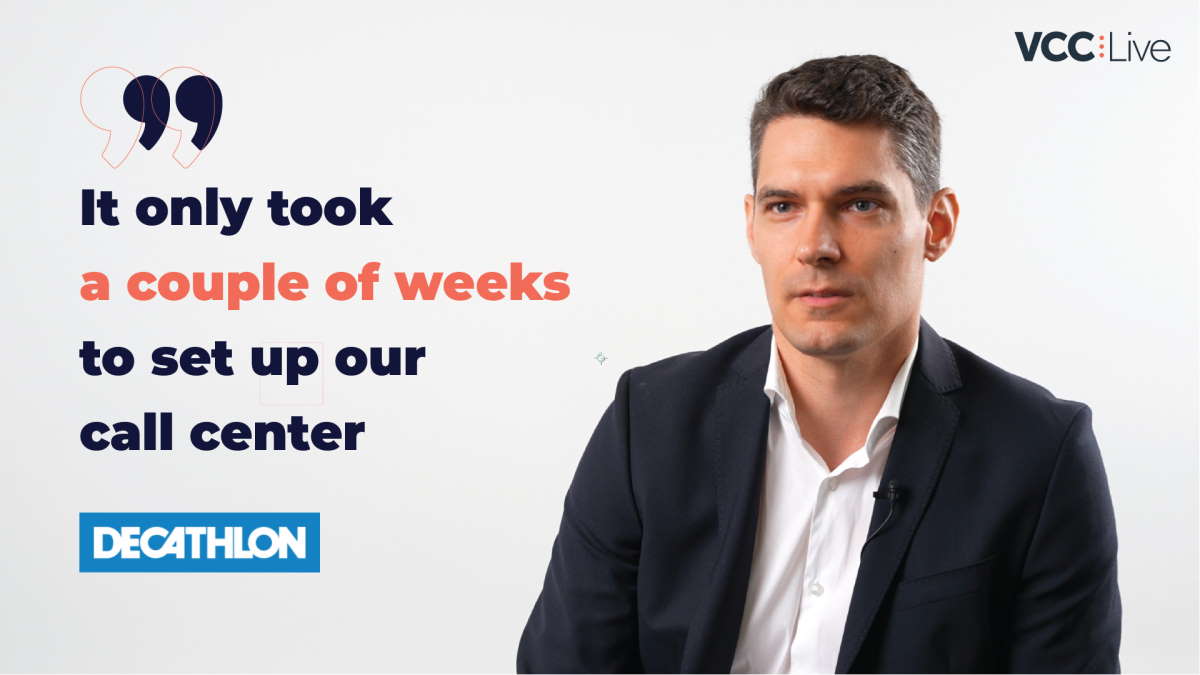
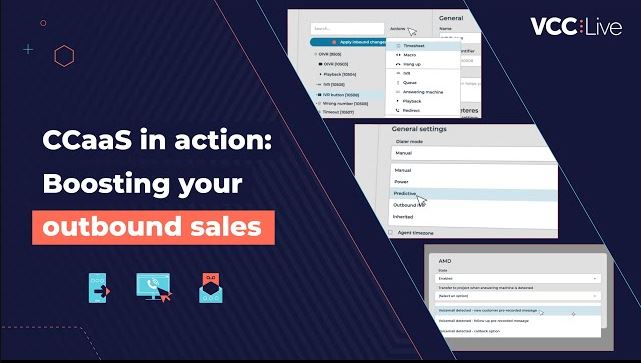
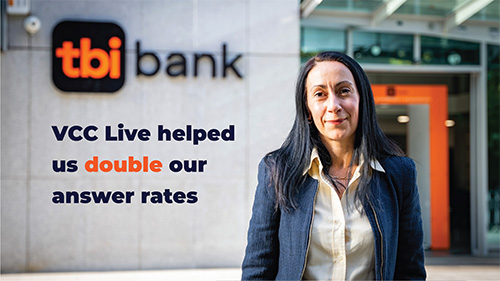
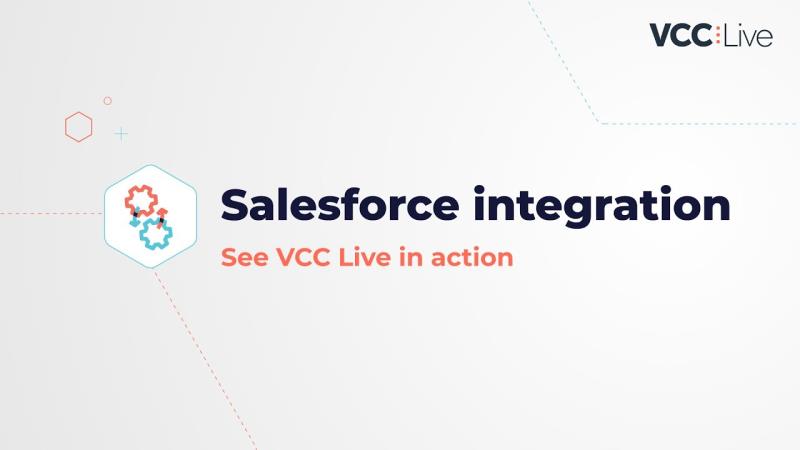
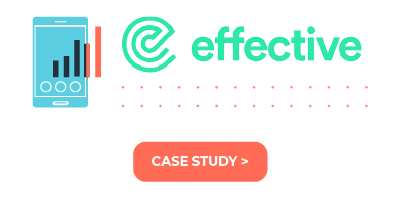
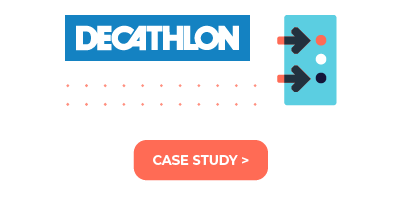
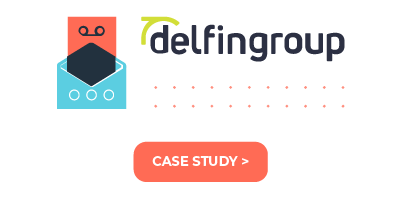
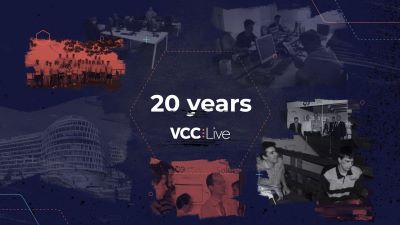
Comments
Can’t find what you need? Use the comment section below to connect with others, get answers from our experts, or share your ideas with us.
There are no comments yet.